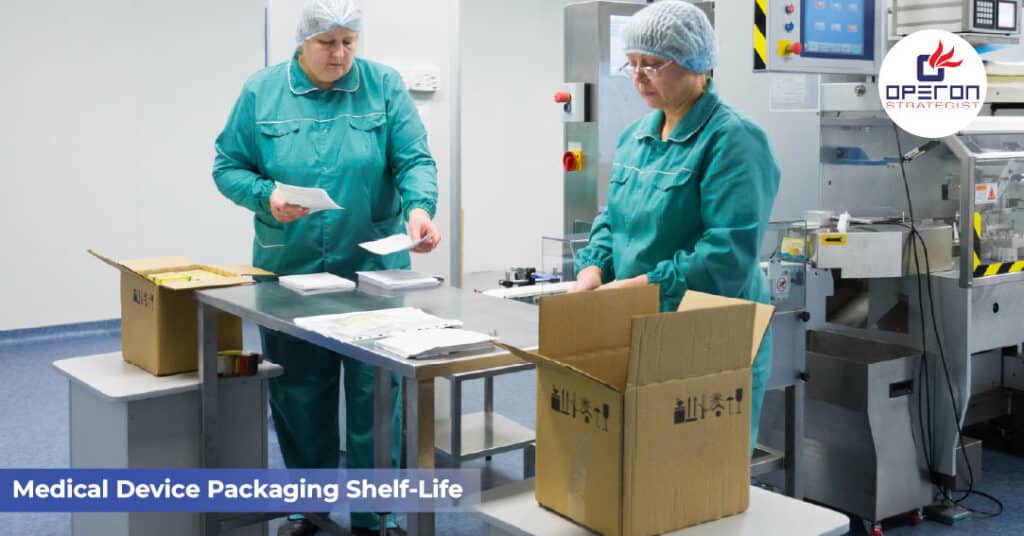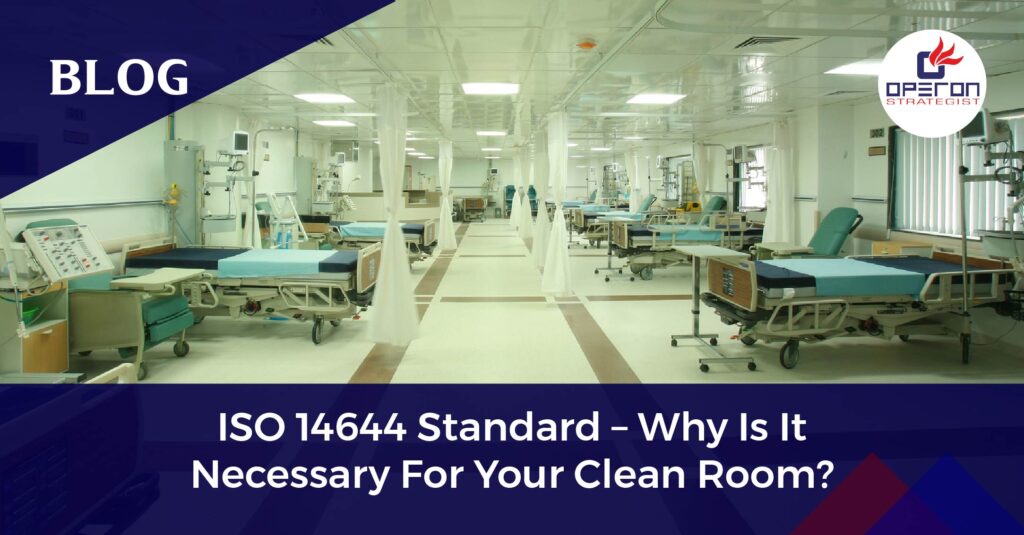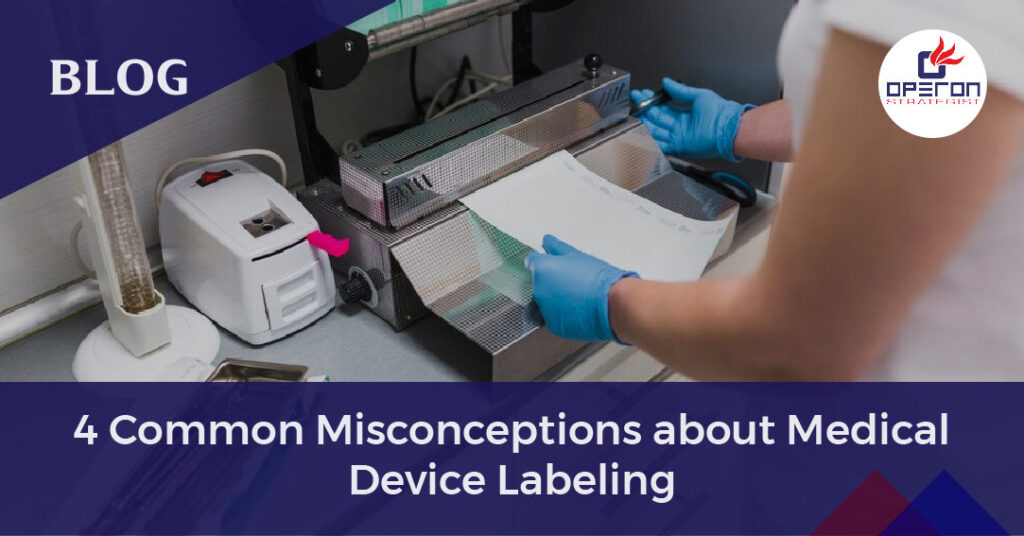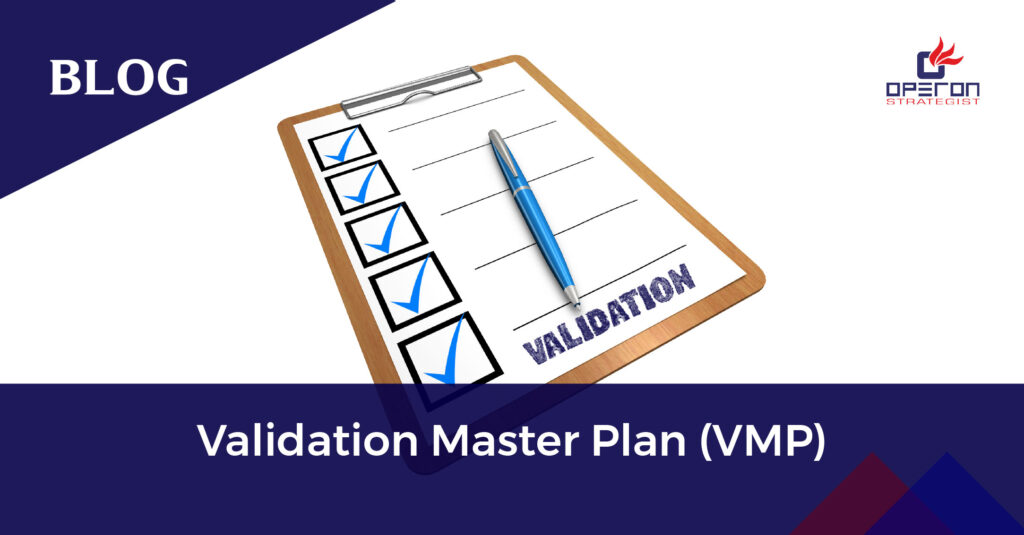Introduction
When it comes to medical devices, packaging isn’t just about appearance, it’s about protecting the product, maintaining sterility, and ensuring safety until the point of use. Medical device packaging plays a vital role in ensuring the device reaches the end-user in the condition it was designed for. One critical aspect of this is shelf-life validation and testing.
For manufacturers, getting packaging right is not just a regulatory requirement, but also a trust-building element in the product lifecycle. This blog covers why shelf-life testing matters, key methods used, and what manufacturers must do to comply with standards and ensure product safety.
Looking For a Medical Device Regulatory Consultant?
Let’s have a word about your next project
What Is Medical Device Packaging Shelf-Life?
Shelf-life refers to the period during which the medical device and its packaging system maintain their intended performance and sterility. The packaging must protect against external factors like microbial contamination, humidity, temperature changes, and physical damage. If the packaging fails, the device inside may become non-sterile or damaged—posing risks to patients and liability for manufacturers.
This makes shelf-life validation and testing essential during both the product development phase and post-market surveillance.
Why Is Shelf-Life Testing Important?
1. Regulatory Compliance
Regulatory authorities like the FDA, ISO, and EU MDR require medical device manufacturers to validate the shelf-life of their packaging systems. According to ISO 11607-1 and ISO 11607-2, manufacturers must demonstrate that the sterile barrier system maintains integrity throughout the intended shelf-life.
Without validated packaging, manufacturers risk product recalls, market rejection, or delayed approvals.
2. Patient Safety
Faulty or expired packaging can compromise the sterility of the medical device, leading to infections, surgical complications, or device malfunction. Shelf-life testing ensures the product remains safe to use until the expiration date.
3. Brand Protection and Trust
Healthcare providers and distributors rely on shelf-life dates. A breach in packaging integrity can damage brand reputation and business relationships. Validated packaging shows that the company is committed to delivering safe and reliable products.
Types of Medical Device Packaging
Before discussing testing, it’s important to understand the different types of medical device packaging:
- Sterile barrier systems (SBS): Protect sterile products from contamination.
- Protective packaging: Safeguards non-sterile devices during storage and shipping.
- Combination packaging: Used for drug-device combination products with special handling needs.
The design and material of the packaging depend on the product type, usage, and sterilization method (e.g., EtO, gamma radiation, steam).
Key Steps in Shelf-Life Validation
1. Material Selection
Choosing the right packaging material is the first step. Materials must be compatible with sterilization methods, durable, and provide a microbial barrier.
Common materials include:
- Tyvek®
- Medical-grade paper
- Polyethylene films
- Foils and laminates
2. Package Design Qualification
This involves evaluating:
- Sealing strength
- Compatibility with sterilization
- Material integrity
- Usability by healthcare staff
3. Accelerated Aging Tests
Accelerated aging simulates the effect of time by exposing the packaging to elevated temperatures. This method follows ASTM F1980 guidelines.
Formula used:Q10 model → Age at elevated temperature = Real-time age at room temp.
This helps estimate how packaging will perform over months or years in a shorter time frame. However, it must be backed by real-time aging studies.
4. Real-Time Aging
This is the gold standard for shelf-life validation. Devices are stored under normal conditions and tested periodically to confirm integrity and sterility over time.
Although time-consuming, real-time aging provides definitive evidence of long-term performance.
Medical Device Packaging Tests for Shelf-Life Validation
To verify that the packaging maintains integrity throughout its life, several tests are carried out:
1. Package Integrity Testing
Ensures that there are no leaks, punctures, or weak seals.
- Dye Penetration Test (ASTM F1929)
- Bubble Leak Test (ASTM F2096)
- Helium Leak Testing
2. Seal Strength Testing
Verifies the force required to separate sealed materials.
- Peel Strength (ASTM F88)
- Ensures the seal is strong enough to protect the device but not too hard to open.
3. Microbial Barrier Testing
Tests if the sterile barrier prevents microorganism entry over time.
Simulates exposure to microbial challenges in storage and shipping conditions.
4. Environmental Conditioning
Evaluates packaging performance under stress conditions like:
- High/low temperature
- Humidity
- Vibration
- Compression
Documentation for Compliance
All validation and testing must be properly documented to meet FDA and ISO requirements. Documentation should include:
- Protocols and procedures
- Test results and data
- Aging conditions
- Packaging design drawings
- Risk analysis (per ISO 14971)
- Summary reports for regulatory submissions
Failing to document packaging shelf-life testing properly can result in warning letters, product holds, or failed audits.
Must Read: Medical device packaging importance
Best Practices for Manufacturers
- Involve packaging engineers early in the design process.
- Align packaging validation with sterilization validation timelines.
- Use accredited labs for package integrity testing.
- Conduct both accelerated and real-time aging studies.
- Regularly review packaging performance data as part of post-market surveillance.
Common Challenges and How to Overcome Them
- Unrealistic shelf-life claims: Always back shelf-life with real data.
- Material changes without retesting: Even slight packaging changes can affect performance. Always revalidate.
- Improper storage during real-time aging: Ensure controlled conditions.
- Poor documentation: Maintain clear, complete records.
Need help validating your medical device packaging?
Need Help with Medical Device Packaging Shelf-Life Validation?
Navigating packaging validation can be complex, especially with changing regulations and global requirements. At Operon Strategist, we support medical device manufacturers with:
- Packaging system design and validation
- Shelf-life testing coordination
- Regulatory documentation for FDA, EU MDR, and ISO
- Turnkey project support
Whether you’re launching a new device or updating existing packaging, our consultants ensure your packaging is compliant, reliable, and audit-ready.
📩 Reach out to us today to discuss your medical device packaging needs. Let’s make sure your products stay safe, sterile, and shelf-ready.
- adminhttps://operonstrategist.com/author/admin-2/
- adminhttps://operonstrategist.com/author/admin-2/
- adminhttps://operonstrategist.com/author/admin-2/
- adminhttps://operonstrategist.com/author/admin-2/




